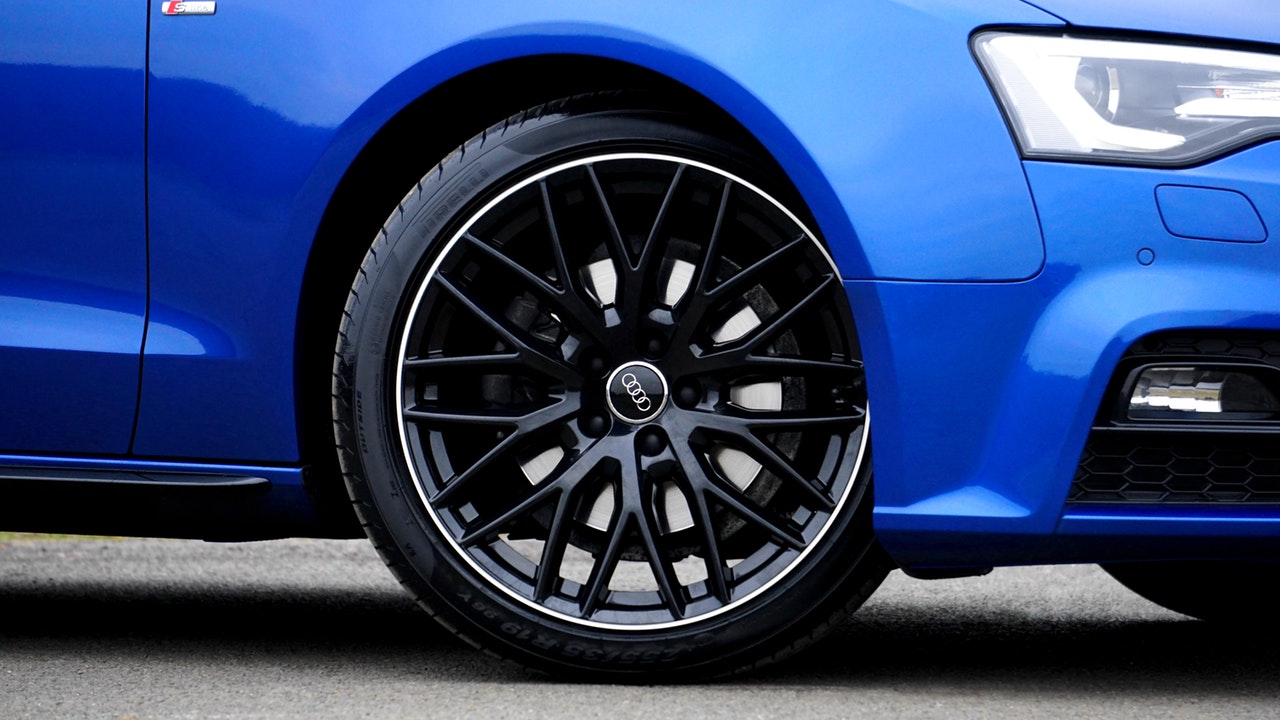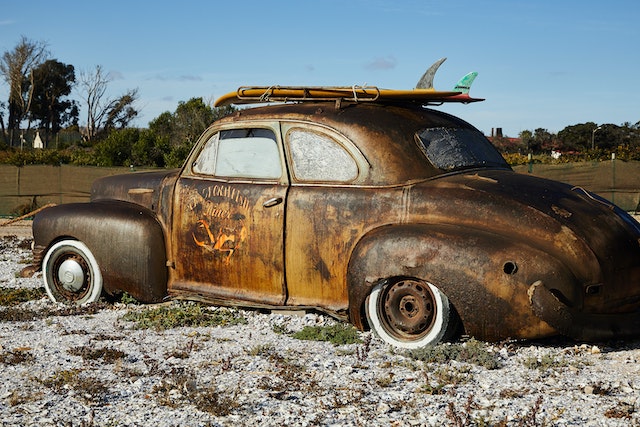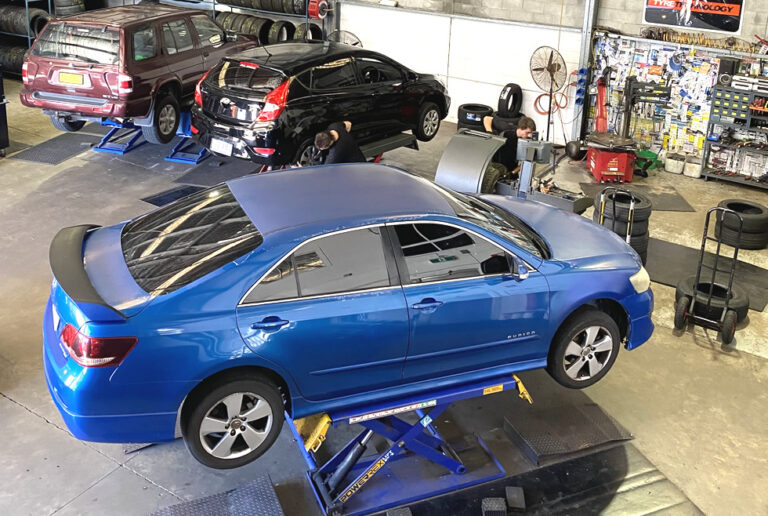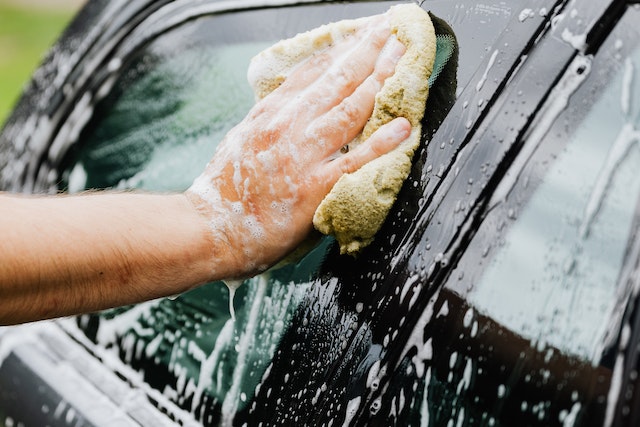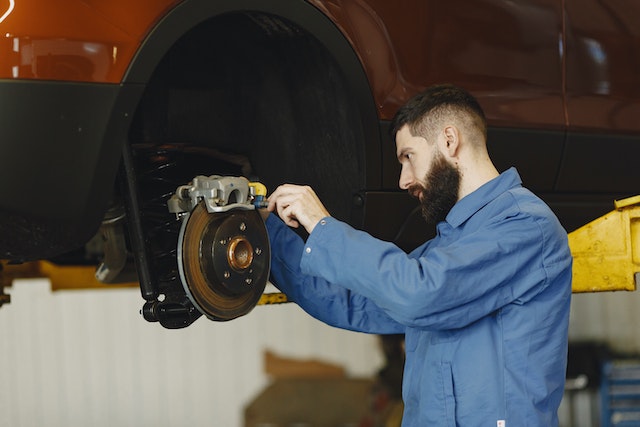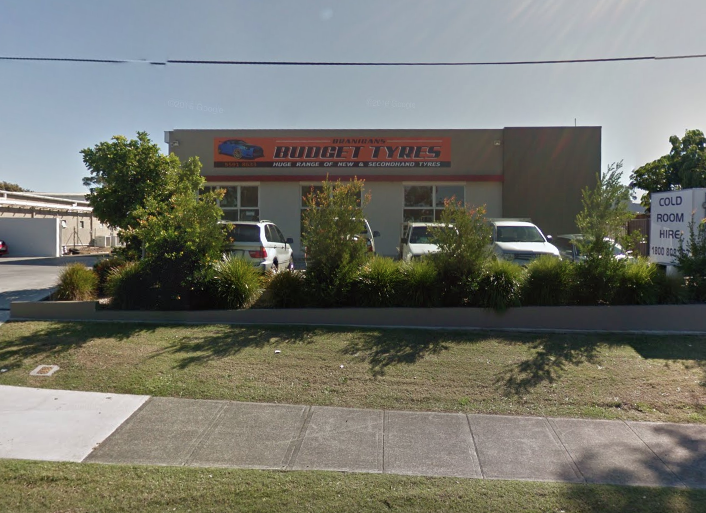We all know Covid-19 lockdowns lead to stress, boredom and cabin fever because we can’t get out and about freely. The stay-at-home concept adopted to fight the Covid-19 pandemic can have much the same effect on car tyres, according to Legend Australian tyre recycler Chris Lett.
“Cars, and their tyres, don’t respond well to being parked in one place for too long, any more than people do. And like them, they need some exercise or at least some special care to keep healthy. And that applies whether they are grounded during a lockdown or just stuck there because the driver’s away for a long period,” Lett said.
Where (And Where Not) to Store Your Car
He says that during lockdown it is quite likely that the car, and certainly its tyres, are far from the first thing on the minds of stay-at-home car owners, many of whom are on furlough, working from home, or have lost their jobs as businesses fail due to the economic effects of Covid-19.
“They are probably far more concerned about having food on the table than they are about tyre problems which could occur if their car is left parked in one place for weeks on end. But it could cost them dearly when the lockdowns are over, and they find they have to replace their tyres. Taking care of the tyres could help relieve boredom, and their shrinking wallets, at the same time,” Lett said.
Best Options for Preserving Tyres
According to Lett, the best place for an idle car and its tyres is lifted off the ground in a ventilated garage. Using axle stands, a car lift, or foam rubber trainers, will help stop flat spots forming on the tyres.
If these aren’t available, the owner can try pushing the car backwards and forwards regularly without starting it to ensure the pressure caused by the weight of the car is not consistently on the same part of the tyres for a long period.
He says keeping tyres properly inflated will reduce the likelihood of them becoming misshapen. Correct tyre pressure is vital when driving a lot, as air is lost due to changing temperatures that affect the air inside the tyre as well as its structure. However, it also occurs simply with the passage of time when the car stands idle for an extended period.
Lett’s advice is to over-inflate the tyres slightly (about 15PSI over standard) when the car is not going to be used for a long period, and then lower it to normal levels before putting it back on the road.
What NOT to Do
The worst option, according to Lett, is to leave the car stranded for weeks on soft dirt or a grass surface without any form of cover.
This would leave the tyres vulnerable to exposure to heat, ozone and UV light, all of which can damage the rubber and cause dry rot, leading to fine cracks on the sidewalls. Reflective aluminium tyre covers could lessen the chances of this sort of damage, as could certain tyre protectants.
Leaving the tyres dirty is another no-no, according to Lett. Dust, debris and other unknown substances picked up on the road can adhere to the tyres for a long time, gradually degrading them. A thorough and regular wash with soap and water could help delay this effect.
For Lett, who’s spent over 15 years at the helm of Branigans Tyres in Queensland trying to help motorists by providing high quality, low mileage secondhand tyres at less than half the price of new ones, is only too conscious of the costs car owners could face if tyres are ignored.
For further information, visit or call Chris and his team for Second Hand Tyres Gold Coast |Branigans Budget Tyres Service Centre at either Burleigh Heads (07) 5535 2660 or Southport (07) 5591 8633.
Syndicated by Baxton Media, The Market Influencers, Your Digital Marketing Agency.

